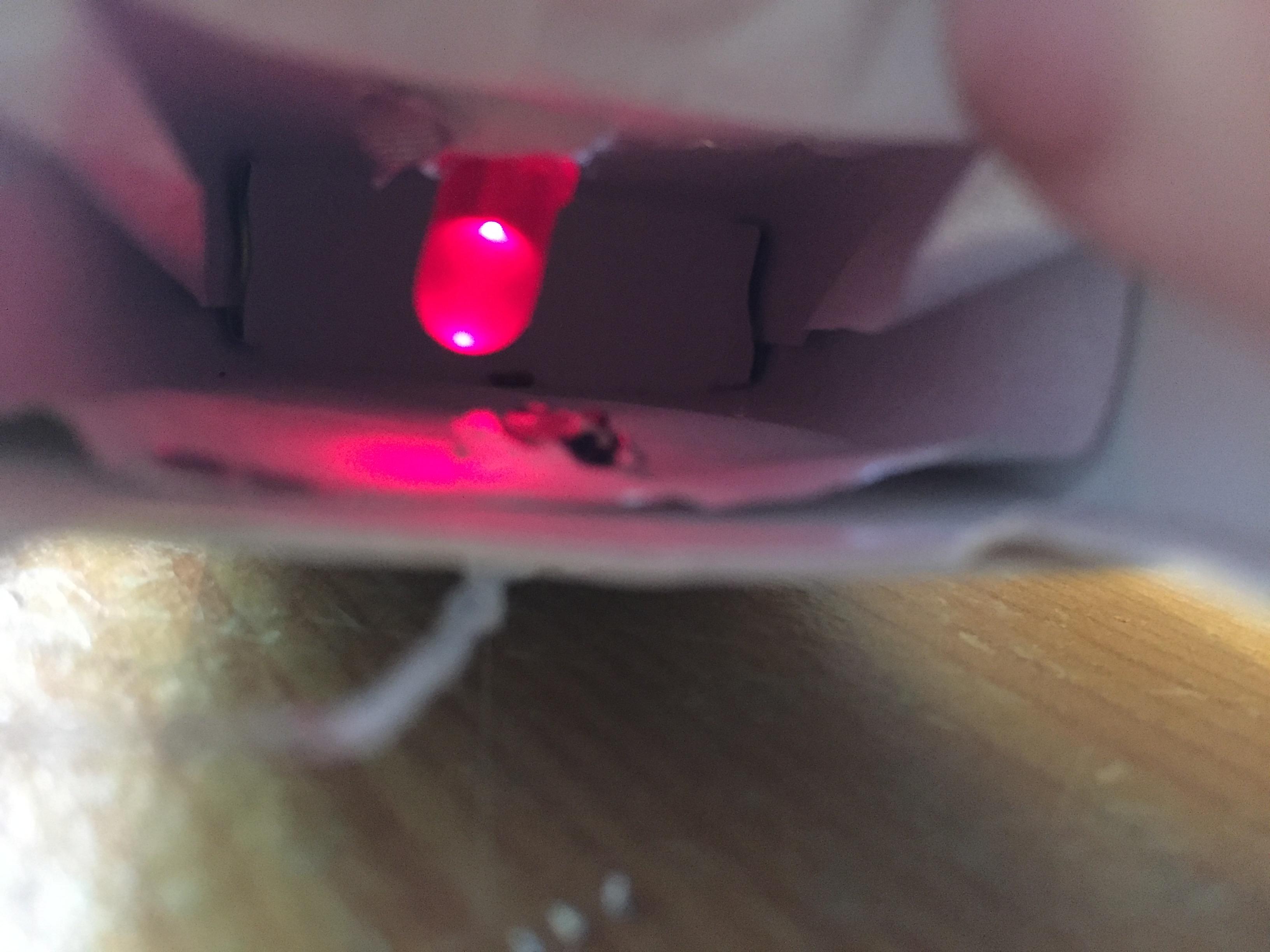Seems to me that with that circuit as it stands you have inadvertently built an oscillator whose frequency is determined by the stray capacitances in the circuit. That it probably doesn't work even as an oscillator is because LDRs are slow, comparatively speaking, at following changes in light level.
EDITED: Due to my intense curiosity and lingering doubts about the schematic you are/were working with, I did some research. While this reply is perhaps a year too late for your proposed project, here are some pieces of advice should you still be interested: Please heed the advice of October 2016 from poster EM Fields. Also, read this reference International Journal of Latest Research in Science and Technology ISSN (Online):2278-5299
Volume 3, Issue 5: Page No 148-152. September-October 2014 It is available as pdf download http://www.mnkjournals.com/ijlrst_files/Download/Vol%203%20%20issue%205/27-31-20102014%20An%20Overview%20On%20Heart%20Rate%20Monitoring%20And%20Pulse%20Oximeter%20System.pdf
And sorry, I did try to put the above site into a link, but as I see it on my computer, I failed in that task.
The website and the journal entry will demonstrate how your circuit as presented can never work as you intend for a number of reasons that will ( or "will have") become clear to you, as you include those sources to the others you have been offered in your ongoing research. Definitely abandon any development of your present oximeter circuit until you have both read what posters have given your here, and also probably more importantly, acquaint yourself with the parameters of components you plan to use and these include spectral sensitivities, speed of operation and knowledge of filters at visible and IR light frequencies.



